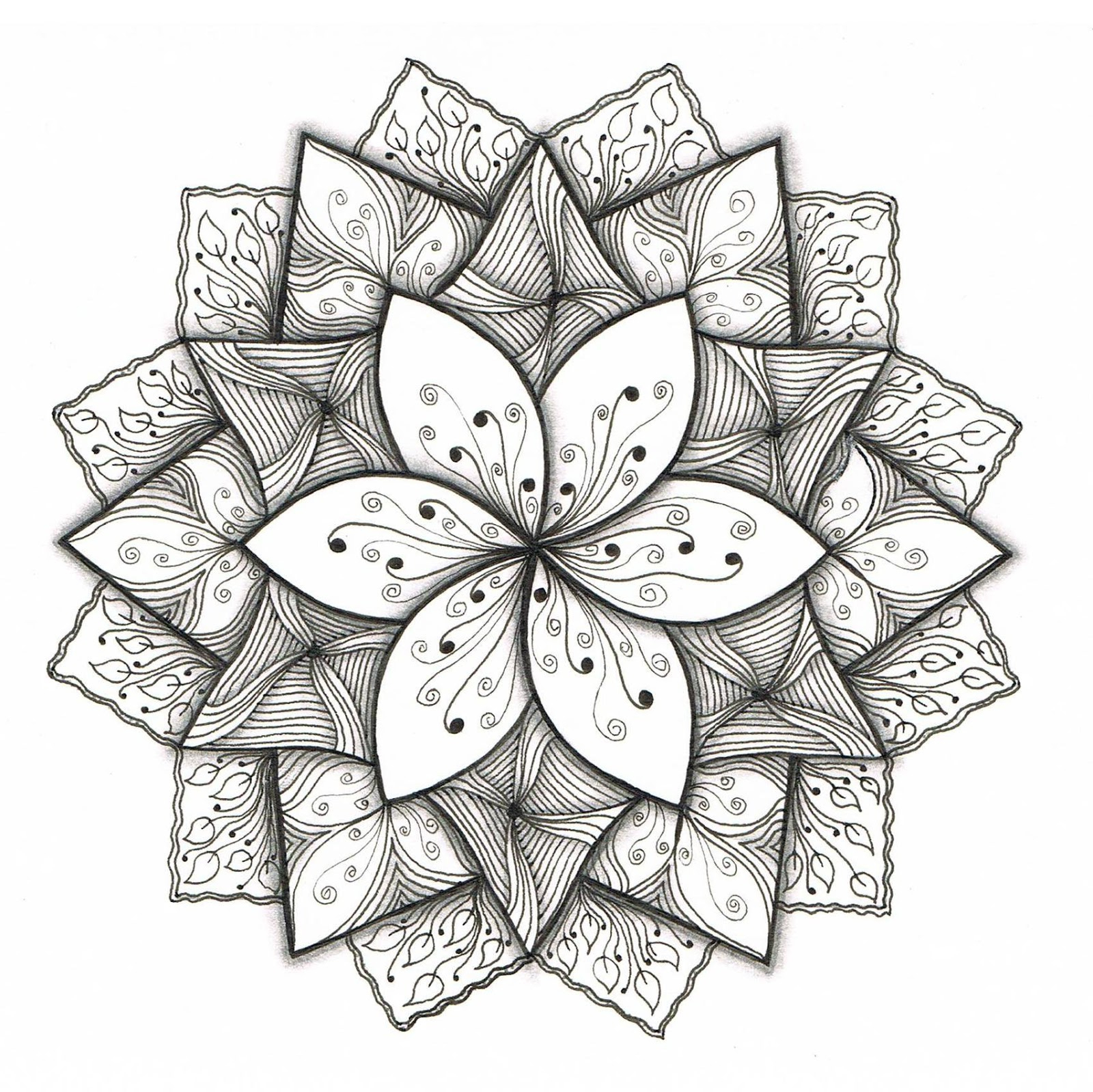How to draw the brachial plexus
Table of Contents
Table of Contents
Are you studying anatomy or working in the medical field and struggling with drawing the brachial plexus accurately? If so, you’re not alone. Many students and professionals find it challenging to create an accurate and detailed drawing of the brachial plexus. But fear not, as we are here to help. In this blog post, we will guide you through the steps of how to draw a brachial plexus, providing tips and tricks to create a precise illustration.
Pain Points of Drawing the Brachial Plexus
Drawing the brachial plexus can be a daunting task, particularly if you’re new to it. It can be difficult to differentiate between the numerous nerves, roots, and cords present in the brachial plexus. Additionally, the anatomy of the brachial plexus is complex and can be challenging to understand, making it even more challenging to illustrate. But don’t worry, as we have got you covered.
Answering the Target of How to Draw the Brachial Plexus
Before we begin drawing the brachial plexus, it’s essential to understand its anatomy. The brachial plexus is a network of nerves that originate in the neck and travel down the arm. The brachial plexus consists of five roots, three trunks, and multiple cords and branches. To draw an accurate brachial plexus, it is crucial to know the location and pathways of these various components.
Main Points of How to Draw a Brachial Plexus
Now that we have a basic understanding of the anatomy let’s dive into how to draw a brachial plexus Accurately. Firstly, Start by sketching the roots, followed by the trunks, and then the cords. Make sure to differentiate between the cords by using different line styles and thicknesses. Next, add the branches and further subdivisions of the cords. Use different colors and patterns to make the brachial plexus stand out.
How to Draw Brachial Plexus: Tips and Tricks
When drawing the brachial plexus, it can be helpful to have a personal experience with the anatomy as it provides a much more thorough knowledge of the subject. We suggest dissecting a brachial plexus, utilizing textbooks, or joining online tutorials to gain hands-on experience.

What Tools Do You Need to Draw a Brachial Plexus?
Before starting, you will need certain tools, such as a #2 pencil, eraser, ruler, and different colored pencils. To distinguish the different cords, it is also practical to use different line styles and thicknesses.
Understanding the Brachial Plexus in more Detail
The nerve plexuses in anatomy can be difficult to understand, particularly with the brachial plexus. A nerve plexus is a network of intersecting nerves that are formed by adjacent nerve fibers that combine and then split apart again. It is crucial to source the right learning materials, break the material down into smaller, more manageable pieces, and start with sketching the roots, followed by the trunks, and then the cords. By the end, you should have a comprehensive understanding of the different roots, cords, and branches of the brachial plexus.
The Importance of Accuracy
Drawing an accurate brachial plexus is crucial for medical students and healthcare professionals alike. The brachial plexus is responsible for the mobility and sensation of the upper limb, making it challenging to understand if the illustration is not precise. It is crucial to take your time and be meticulous when creating your drawing, ensuring that each cord, root, and branch is accurately represented.
Tips for Drawing Brachial Plexus Branches
Drawing those branches in brachial plexus can be tough. Begin by dividing the cord with a circle or ellipse. Branches will arise from the above or under a part of the ellipsis. Draw them crossing the original cord with a freehand pencil stroke. To avoid visual confusion between the cords, you can use different colors or line patterns.
Question and Answer Section
Q: What is the brachial plexus?
A: The brachial plexus is a network of nerves that originate in the neck and travel down the arm, responsible for upper limb mobility and sensation.
Q: Why is it essential to draw the brachial plexus accurately?
A: Drawing the brachial plexus accurately is crucial for medical professionals as it ensures that each cord, root, and branch is accurately represented.
Q: What tools do you need to draw a brachial plexus?
A: You will need tools such as a #2 pencil, eraser, ruler, and different colored pencils.
Q: Can you still be an effective medical professional without knowing how to draw the brachial plexus?
A: While it’s not necessary to draw the brachial plexus to be an effective medical professional, it can undeniably provide a more thorough knowledge of the anatomy and assist in communicating with patients and colleagues.
Conclusion of How to Draw a Brachial Plexus
Drawing the brachial plexus is an essential skill to learn for healthcare professionals or students. Creating an accurate illustration of the brachial plexus takes patience, dedication, and focus. Utilizing different line styles, patterns, and colors can make it easier to differentiate between roots, cords, and branches. Stay committed to this process, and in no time, you’ll become a skilled illustrator of the brachial plexus.
Gallery
How To Draw The Brachial Plexus | Study With An SPT | Plexus Products

Photo Credit by: bing.com / brachial plexus spt
Brachial Plexus Drawing - AlyssaafeHawkins

Photo Credit by: bing.com /
How To Draw The Brachial Plexus | Study With An SPT

Photo Credit by: bing.com / brachial plexus
How To Draw The Brachial Plexus | Physical Therapy Student, Physical

Photo Credit by: bing.com / brachial plexus draw choose board therapy step physical
Brachial Anatomy - Anatomy Book

Photo Credit by: bing.com / brachial anatomy plexus draw remember lifetime secs






